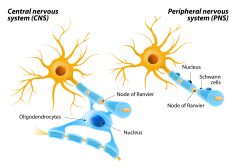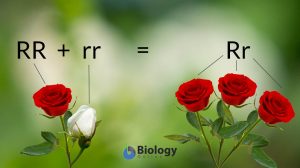Definition
noun, plural: splenunculi
Small nodule of splenic tissue that may be connected to or detached from the spleen
Supplement
Splenunculus, which is also called accessory spleen, refers to any of the small globular masses that are physiologically and histologically similar to the spleen. These nodules may be attached to the spleen, or detached from it and may be found in the splenic region, such as in the splenic hilum, or elsewhere in the peritoneum folds. Splenunculi may be found in the walls of the stomach or intestines, to the tail of the pancreas, near the gastrosplenic ligament, the mesentery, or the gonads.
Splenunculi are a congenital anomaly. They may form during embryonic development. This makes them different from splenosis, which is similar to splenunculi is an ectopic splenic tissue. Splenunculi are found in 10% of the normal population. They are usually benign and asymptomatic. But since they may appear similar (and thus may be mistaken) to other medically important diseases such as neoplasms and lymphadenopathy through diagnostic imaging (e.g. sonography) care should be taken when interpreting results. Splenunculi are typically round, with echogenicity and homogeneity similar to that of the normal spleen.1
Word origin: splen– (a combining form representing spleen)
Synonym(s):
- lien accessorius
- lien succenturiatus
- lienculus
- spleneolus
- spleniculus
- accessory spleen
- lienunculus
- splen accessorius
- splenule
- splenulus
- supernumerary spleen
Compare:
See also:
- spleen
Mentioned in:
Reference(s):
1Henningsen, Charlotte. Clinical Guide to Sonography. 2nd ed.: Elsevier Health Sciences, 2013, 2013.







